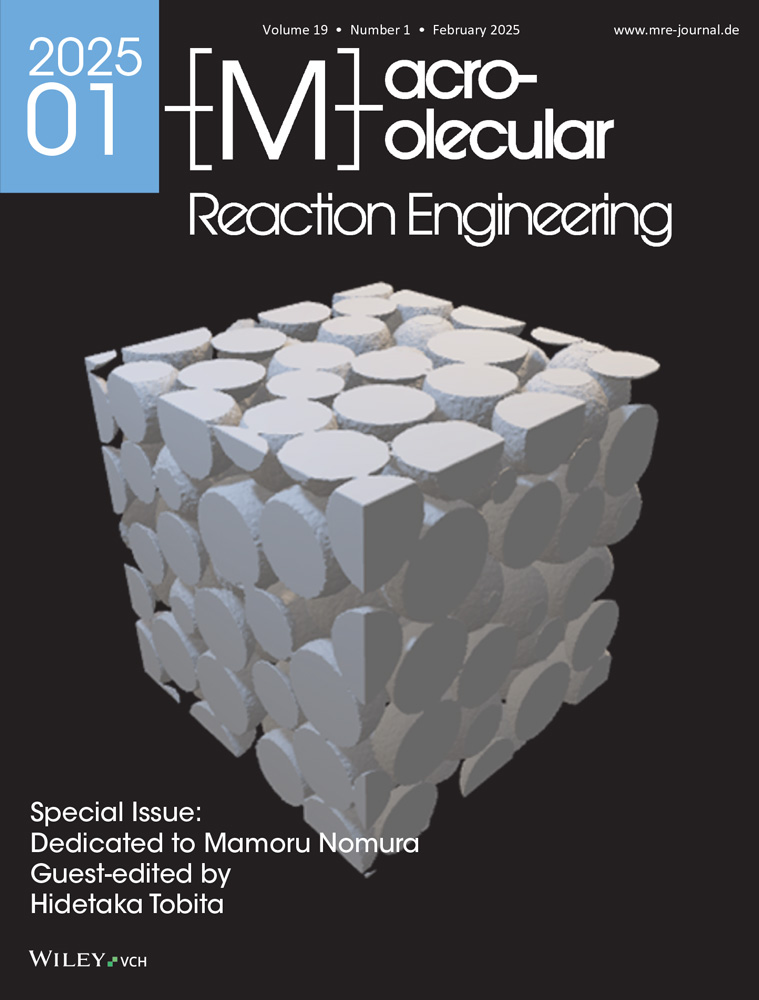Environmentally Friendly Synthesis of Polymer Nanoparticles in a Packed Reactor Using Glass Beads
Abstract
Polymeric particles less than 100 nm in size (polymer nanoparticles), which are useful in the fields of medicine and so on, are synthesized through emulsion polymerization, wherein surfactants are essential for maintaining their dispersion stability, contaminating particle surfaces and causing high environmental pollution. The soap-free emulsion polymerization (SFEP) of styrene in a packed reactor using microglass beads enables the synthesis of polymer nanoparticles without surfactants. Ultraviolet irradiation is used for radical polymerization using an initiator during the SFEP of styrene. The reaction space in the packed reactor is controlled by the size of glass beads to be filled in the reactor. A decrease in the size of the glass beads narrows the reaction space, causing the average polystyrene particle size to reach 27.3 nm and suppress convection flow by the wall of the glass beads, thereby limiting particle motion and preventing particle growth through particle collisions.
Conflict of Interest
The authors declare no conflict of interest.
Open Research
Data Availability Statement
The data that support the findings of this study are available from the corresponding author upon reasonable request.




